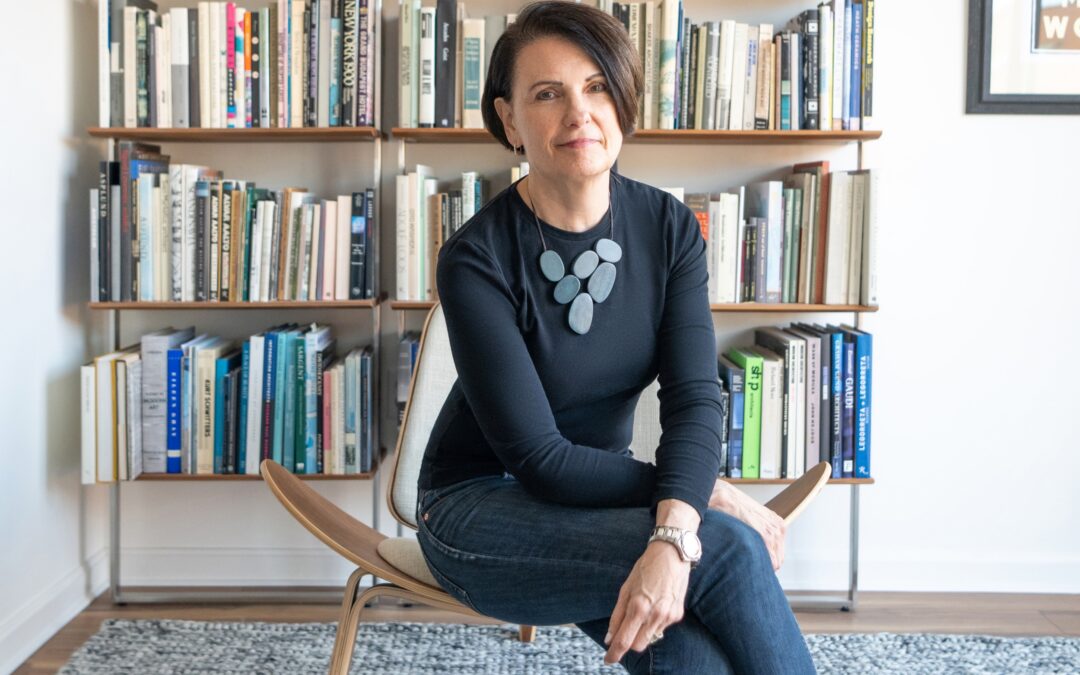You need friction to create fire. It’s true whether you’re camping or leading change inside an organization. Yet most of us avoid conflict—we ignore it, smooth it over, or sideline the people who spark it.
I’ve been guilty of that too, which is why I was eager to sit down with Laura Weiss, founder of Design Diplomacy, former architect and IDEO partner, university educator, and professional mediator, to explore why conflict isn’t the enemy of innovation, but one of its essential ingredients.
Our conversation wasn’t about frameworks or facilitation tricks. It was about something deeper: how leaders can unlearn their fear of conflict, lean into discomfort, and use it to build trust, fuel learning, and drive meaningful change.
So if conflict feels like a threat to alignment and progress, this conversation will show you why embracing it is the real leadership move.
_______________________________________________________________________________________________
Robyn Bolton: What’s the one piece of conventional wisdom about change that organizations need to unlearn?
Laura Weiss: The belief that change is event-driven. It’s not, except for seismic shifts like the Great Recession, the COVID-19 pandemic, 9/11, and October 7. It’s happening all the time! As a result, leading change should be seen as a continuous endeavor that prepares the organization to be agile when unforeseen events occur.
RB: Wow, that is capital-T True! What is driving this misperception?
LW: It’s been said that ‘managers deal with complexity, but leaders deal with change’. So, it all comes down to leadership. However, the prevailing belief is that a “leader” is the person who has risen to the top of the organization and has all the answers.
In many design professions, those who are promoted to leadership roles are exceptional at their craft. But evolving from an ‘individual contributor’ to leading others involves skills that can seem contrary to our beliefs about leadership. One is humility – the capability to say “I don’t know” without feeling exposed as a fraud, especially in professions where being a “subject matter expert” is expected. Being humble presents the leader as human, which leads to another skill: connecting with others as humans before attempting to ‘lead’ them. I particularly like Edgar Schein’s relationship-driven leadership philosophy as opposed to ‘transactional’ leadership, where your role relative to others dictates how you interact.
RB: From your experience, how can we unlearn this and lead differently?
LW: Leaders need to do three things:
- Be self-aware. After becoming a certified coach, it became clear to me that all leadership begins with understanding oneself. If you’re unaware of how you operate in the world, you certainly can’t lead others effectively.
- Be agile. Machiavelli famously asked: “Is it better to be loved or feared…?” Being a leader requires the ability to do both, operating along the ‘warmth-strength’ continuum, starting with warmth. There are six leadership styles a leader should be familiar with, in the same way that golfers know which golf club to use for a particular situation.
- Evolve. This means feedback – being willing to ask for it and receive it. Many senior leaders stop receiving feedback as they progress in their careers. But times change, and ‘what got you here won’t get you there.’ Holding up a mirror to very senior leaders who have rarely, if ever, received feedback, or have received it but didn’t really “get it,” is critical if they are to change with the times and the needs of their organization.
RB: Amen! I’m starting to sense a connection between leadership, innovation, and change, but before I make assumptions, what do you see?
LW: First, I want to acknowledge the thesis of your book that “innovation isn’t an idea problem, it’s a leadership problem” – 1000% agree with that!
One of the reasons I shifted from being an architect to focusing on the broader world of innovation was that I was curious about why some innovation initiatives were successful and some were not. Specifically, I was curious about the role of conflict in the creative problem-solving process because conflict is critical to bringing innovation and change to life. Yet, it’s not something most of us are naturally good at – in fact, our brain is designed to avoid it!
The biggest myth about conflict is that it erodes trust and undermines relationships. The opposite is true – when handled well, productive conflict strengthens relationships and leads to better outcomes for organizations navigating change.
Just as with innovation, the organizations that are most successful with change are the ones that consistently use productive conflict as an enabler of change.
To achieve this, organizations must shift from a reactive stance to a proactive one and become more “discovery-driven”. This means practicing iterative prototyping and learning their way forward. In my mind, innovation is a form of structured learning that yields something new with value.
RB: What role does communication play in leadership and conflict?
LW: Conflict is an inevitable part of the human experience because it reflects the tension between the status quo and something else that’s trying to emerge. It can appear even in the process of solving daily problems, so the ability to deal productively with conflict, from simple misunderstandings to seemingly intractable differences, is crucial.
The source code for effective conflict engagement is effective conversations.
_____________________________________________________________________________________________
The real challenge in leadership isn’t preventing conflict—it’s recognizing that conflict is already happening and choosing to engage with it productively through conversation
This conversation with Laura reminded me that innovation and change don’t just thrive on new ideas. They require leaders who are self-aware enough to listen, humble enough to ask for feedback, and courageous enough to stay in the tension long enough for something better to emerge.
